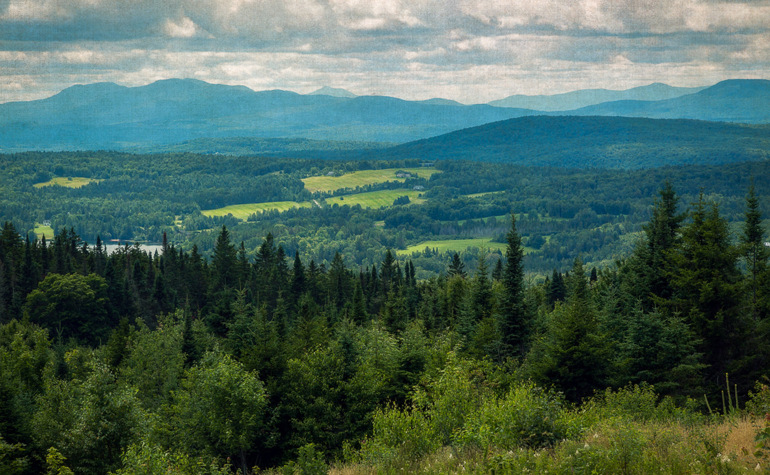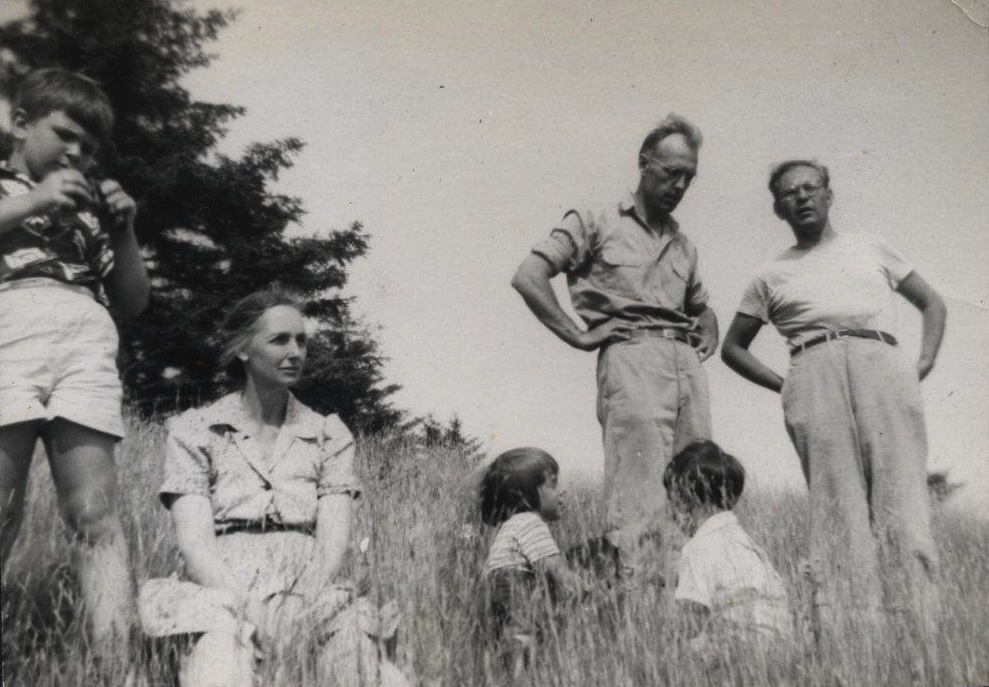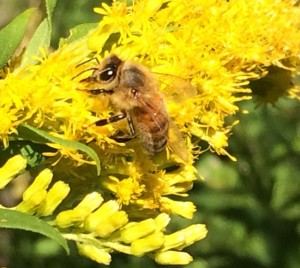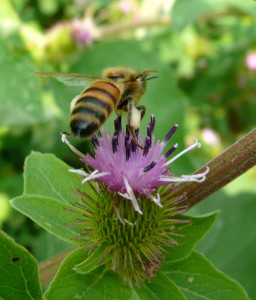September Newsletter 2014
 Barr Hill looking southwest, July 29, 2014. Camel’s Hump is seen on the horizon, just to the left of center. photo by Jan Cannon, www.jancannonphotography.com
Barr Hill looking southwest, July 29, 2014. Camel’s Hump is seen on the horizon, just to the left of center. photo by Jan Cannon, www.jancannonphotography.com
In Vermont we live and farm in the valleys and hills between the mountains and higher hills. We treasure and collect those high places that can be ascended in an hour or so, where you can go for part of the afternoon with friends, or dinner with family, like Mt. Philo in Charlotte, Snake Mountain in Addison, Rattlesnake above Squam Lake in New Hampshire, or Barr Hill in Greensboro, Vermont.
Barr Hill is a sacred space, a thin place the Scots say, where the earth and heavens are close together and entwined. She calls to us each season as we hike around her, and in the winter as we cross country ski on the trails that traverse her for hundreds of miles and back to our farms and homes. Here we found the juniper berries that inspired us to make gin and add raw honey to complete and finish off our spirits. As children, we hiked small mountains and hills like Barr Hill with our grandparents, and now we have fires and celebrate birthdays there, with our community.
In 1971, Phil Gray Sr., as earlier agreed with his late wife Margaret, gave 256 acres of the highest land in the town of Greensboro to The Nature Conservancy, acting on behalf of the people of Vermont. The Grays are second from the right and second from the left in this 1950 picture of a family picnic.
“The view from [Barr] Hill is not grand in the way of western landscapes. What gives it its charm is the alternation of wild and cultivated, rough woods ending with scribed edges against smooth hayfields – this and the accent dots of white houses, red barns, and clustered cattle tiny as aphids on a leaf. Directly below them, across the shaggy top of a lesser hill, is [Caspian] Lake… with the village [of Greensboro] at its southern end. Hardly a cottage (the local word is “camp”) shows around the lake, hardly a dock or boathouse. Green woods and greener meadows meet blue water, and it all looks nearly as wild as it must have looked to General Hazen’s men, cutting a road to Canada through these woods during the Revolution.”
Wallace Stegner – Crossing to Safety, 1987
Directions to Barr Hill Natural Area: After you pick up a picnic lunch, Jasper Hill Farm cheese, and Caledonia Spirits raw honey in the center of Greensboro village at Willey’s store, take Wilson Street north for 0.1 mile. Bear right at the Greensboro Town Hall onto Lauredon Avenue. Drive 0.6 miles, and at a fork bear left on Barr Hill Road. Go one mile to the “Barr Hill Natural Area” sign. Just before the sign to your left you’ll find a small winter parking area. In other seasons, continue past the sign and gate for another 0.6 miles to a large trail head parking area (room for eight or nine cars). Look for the “Nature Trail” sign and register box.
The State of Vermont has passed the first bill in the country requiring the labeling of foods with GMO ingredients. This is one of the most important bills to protect our food supply and health of our soil and crops. Trade groups that use GMO ingredients, and Monsanto which wants to hide its actions, have filed suit to stop this law from taking effect. For information on how to help Vermont win this challenge, and to donate:
The State of Vermont has passed the first bill in the country requiring the labeling of foods with GMO ingredients. This is one of the most important bills to protect our food supply and health of our soil and crops. Trade groups that use GMO ingredients, and Monsanto which wants to hide its actions, have filed suit to stop this law from taking effect. For information on how to help Vermont win this challenge, and to donate:
http://www.foodfightfundvt.org
thank you for your interest and support of our work with organic honey, grains, and elderberry,
![]()
Todd D. Hardie
Todd D. Hardie
thank you

